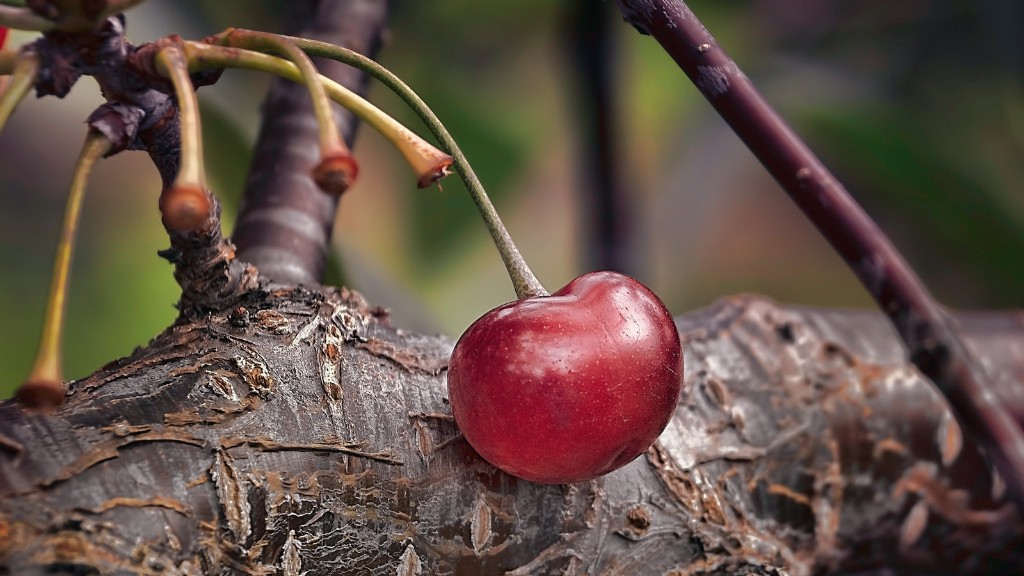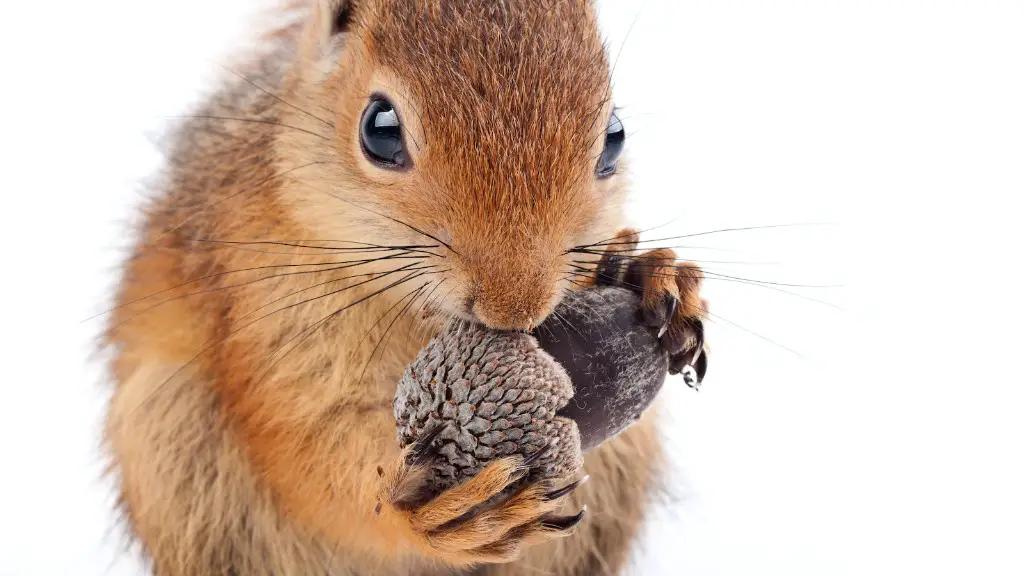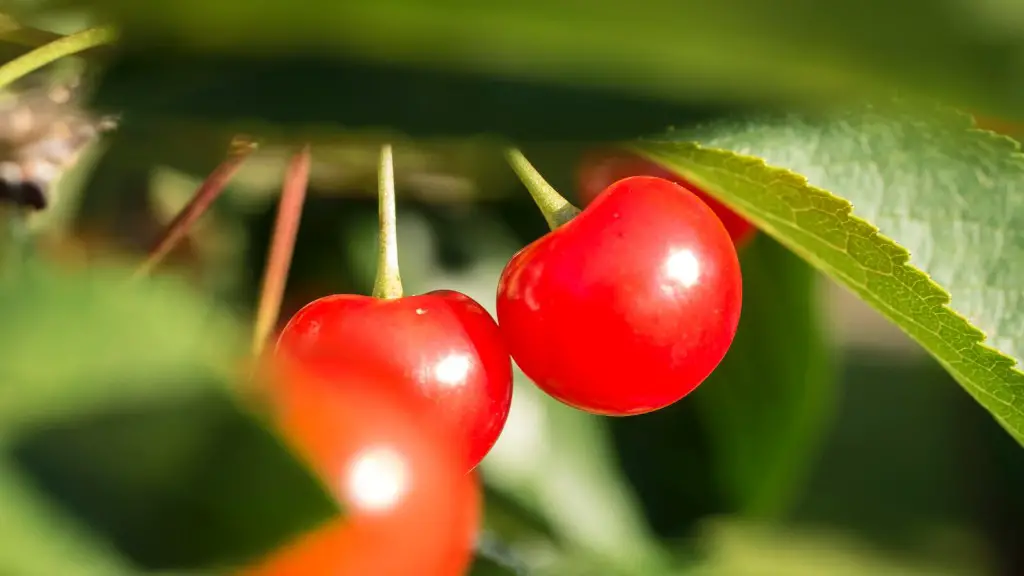< h2> Introduction
Cherry trees are one of the most popular fruit trees, with their sweet and juicy cherries enjoyed by people all over the world. But can you actually grow a cherry tree from a pip? It’s possible, but there are some considerations that you should keep in mind before you start. In this article, we will look at the process of growing cherry trees from a pip, including what materials you need, how long it takes, and some tips to help ensure successful growth.
< h2> The Process
Growing a cherry tree from a pip is a relatively simple process. First, you will need to select a ripe cherry. The fruit should be free from insects, diseases, splitting, or other signs of decay. Once you have your cherry, remove the seed and keep it aside. Make sure the seed is not dried out or damaged in any way.
The next step is to prepare the soil for planting. The soil should be well-drained, rich in nutrients, and relatively moist. If necessary, mix in some compost to increase its fertility. After preparing the soil, dig a shallow hole in the garden or pot and plant the pip. Cover the pip with a centimeter or two of soil, lightly pat the soil, and keep the area well-watered.
Ideally, the pip should be planted in the springtime. This is the optimal time for germination, as the warm and damp weather provide the perfect conditions for growth. The pip will begin to sprout once the temperatures reach a minimum of 5 degrees Celsius. It takes approximately 1-2 months for the seed to germinate, at which point you should start to see small stems and leaves emerging from the soil.
< h2> Tips for Success
When growing a cherry tree from a pip, there are some important tips to keep in mind in order to ensure successful growth. One of the most important tips is to place the pip in full sunlight. Choose a spot that gets at least 6-8 hours of direct sunlight per day.
Another important tip is to use a mild fertiliser at least twice a year. This will provide the cherry tree with extra nutrients that it needs to stay healthy and strong. Finally, it’s important to water the plant regularly. Make sure the soil remains moist, but not waterlogged.
Transplanting
When the cherry tree has reached a height of 25 centimeters, it’s time to transplant it into its permanent spot. Dig a hole that is twice the size of the plant’s root ball and mix in some compost with the soil. When transferring the plant, make sure to retain as much of the soil around the root system as possible. Water the plant thoroughly and keep the soil moist until the plant is fully settled.
Pruning
Pruning is an important part of caring for your cherry trees. Pruning should be done in spring and fall, when the tree is dormant. This helps to keep the branches healthy and promote new growth. Make sure to remove any dead branches, as well as any branches that are crossing or growing inwards.
Harvesting
Cherry trees take around four to five years to produce fruit. The cherries are ready to be harvested when they are glossy, deep red, and slightly soft. Make sure to harvest the cherries gently and carefully, so as not to damage the tree.
Protection
It’s important to protect your cherry tree from pests and diseases. Check the tree regularly for signs of pests or disease and take appropriate action if necessary. Covering the tree with a net can also help to protect it from birds and other animals.
Healthy Soil
The soil plays an important role in the health of your cherry tree. Make sure to mulch the soil around the tree regularly to keep it nourished and retain moisture. Adding compost or manure can also help to keep the soil healthy and provide the tree with essential nutrients.
Conclusion
Growing a cherry tree from a pip is a relatively simple process.It is important to make sure that the soil is nutritious and well-drained, and to provide the tree with the right amount of water, light, and fertiliser. With the right care, you can have a healthy cherry tree with sweet cherries to enjoy in no time.


